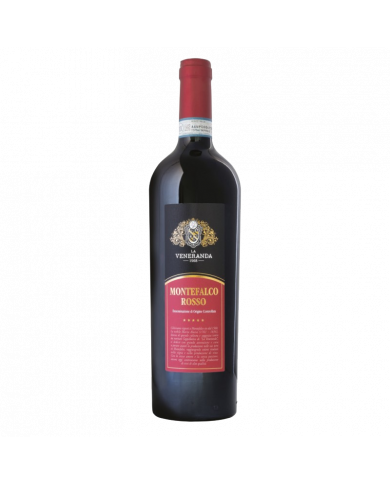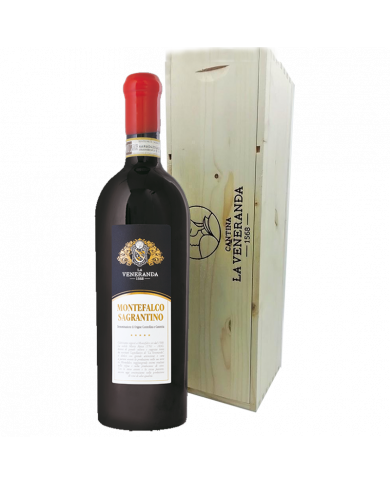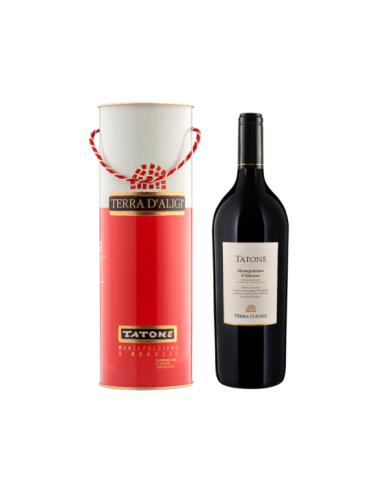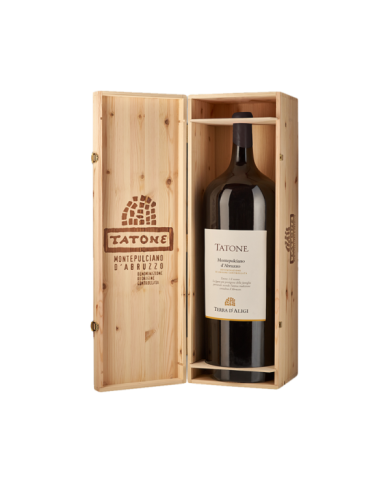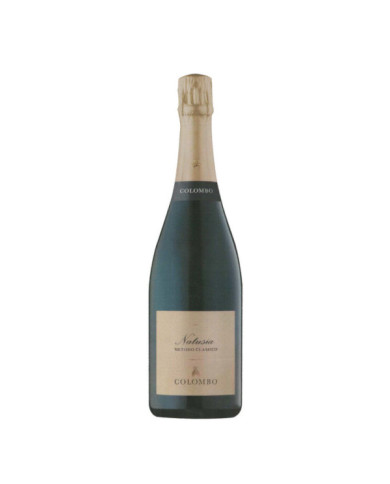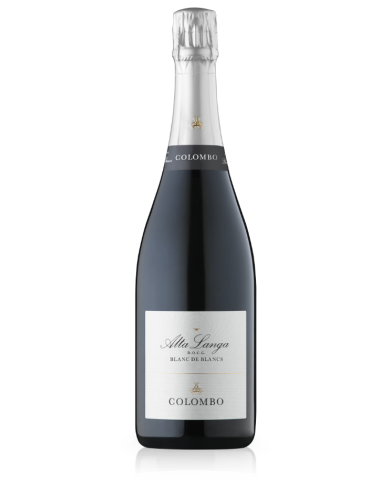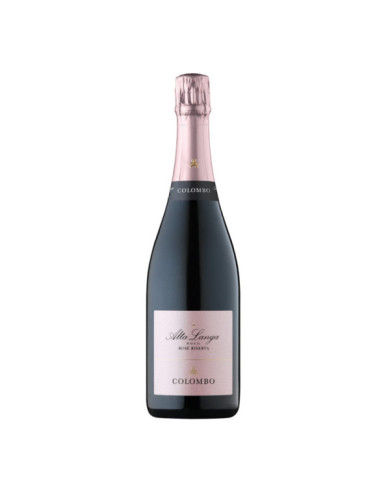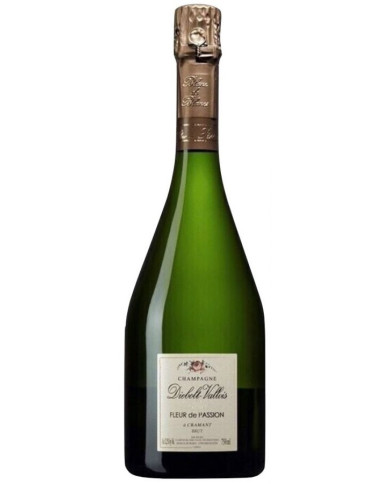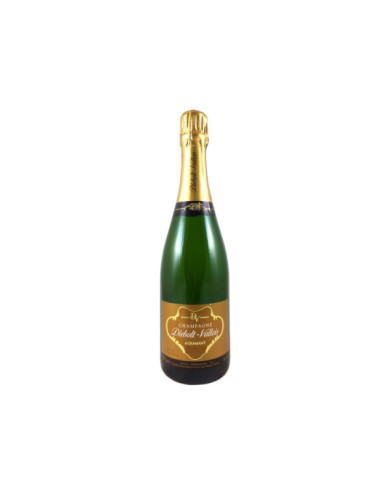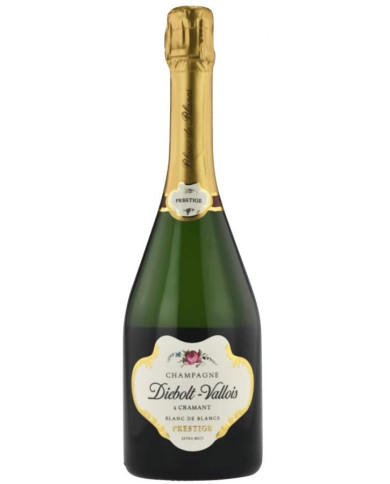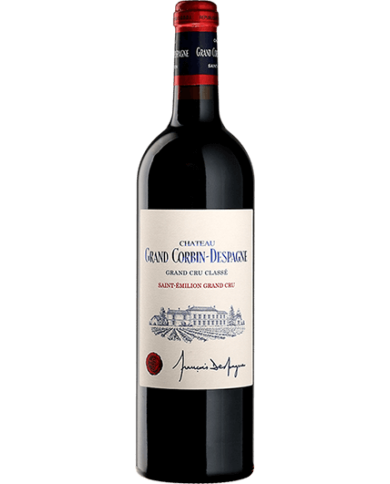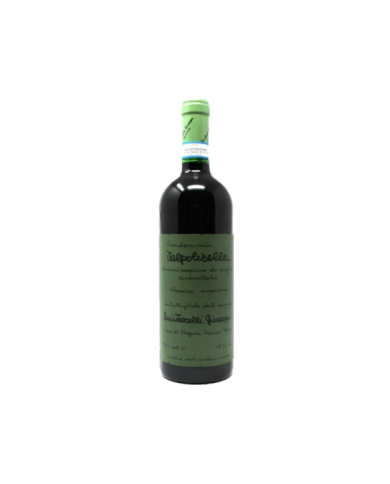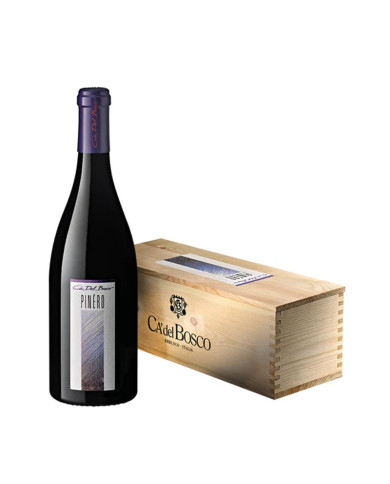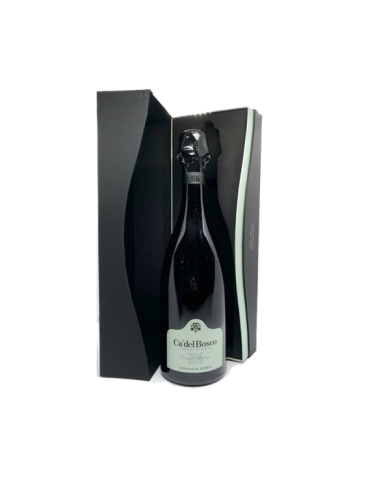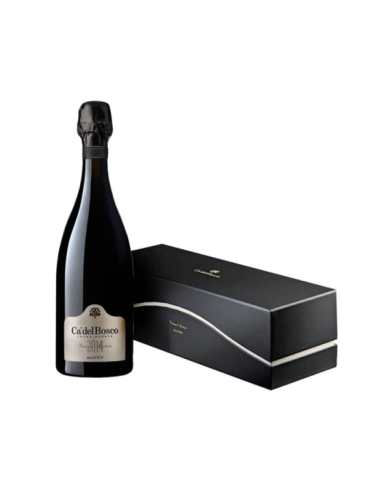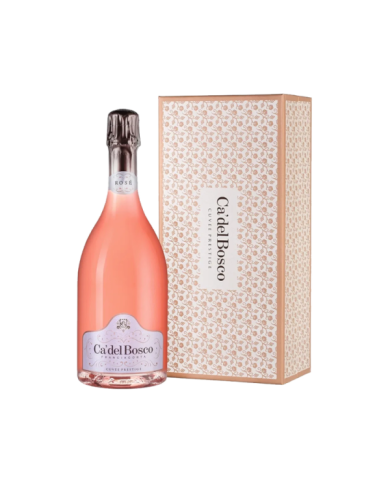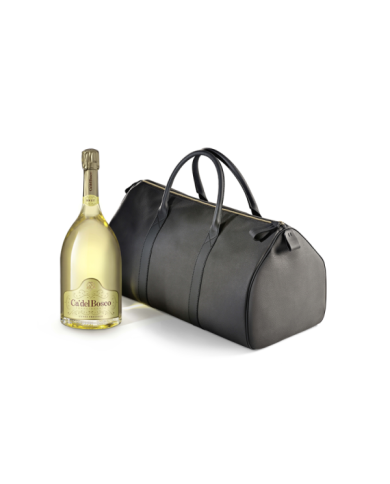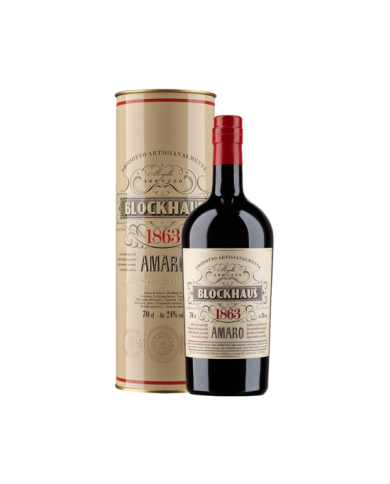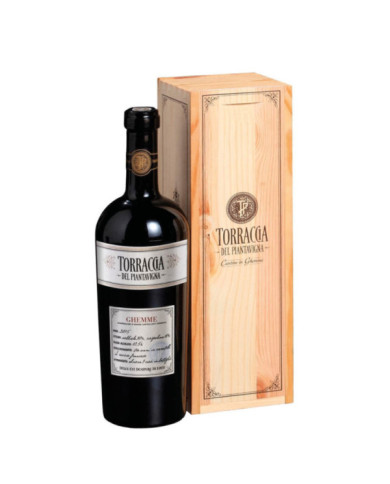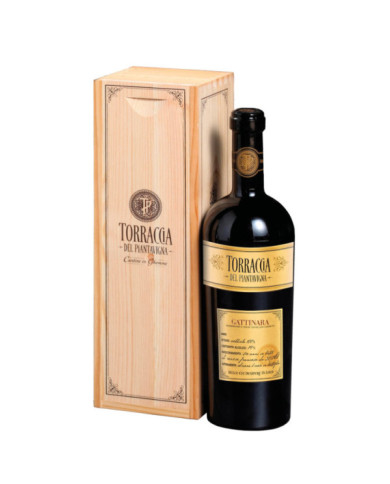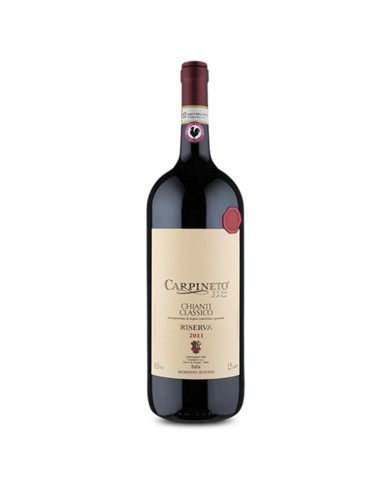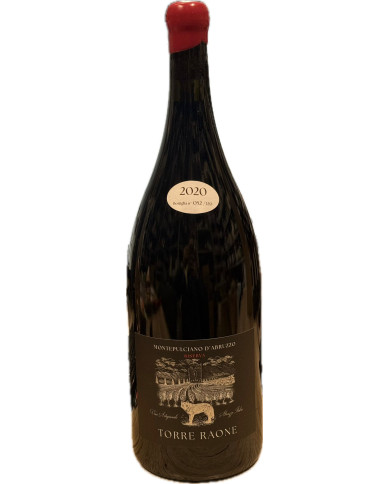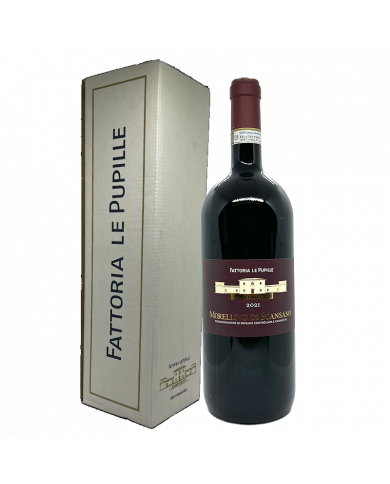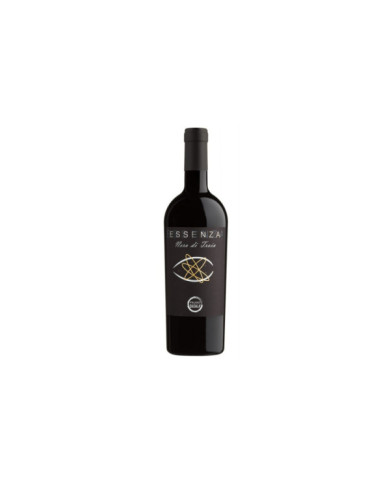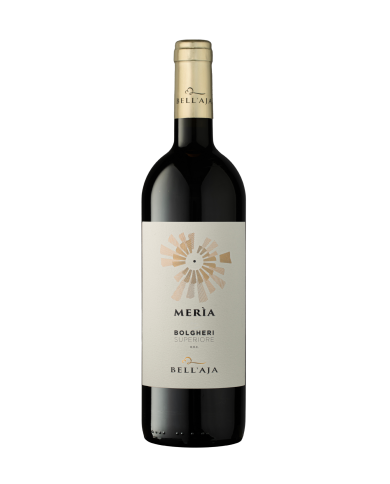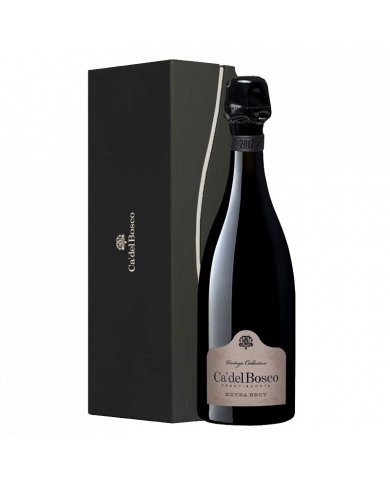Vendemmia: fine settembre. Appassimento per 60 giorni. Affinamento: legno.
Wine with an intense ruby color. This wine is the result of a perfect blend of three grape varieties: Sangiovese, Merlot and Sagrantino. The nose opens with a hint of red fruits, harmonized by the presence of Sagrantino which completes the tones with sensations of wild strawberry and raspberry. Wine with good structure and alcoholic strength, good freshness and flavor. Harmonious and well balanced wine.
Wine with an intense ruby color with nuances that turn towards garnet. The nose opens with the characteristic hints of wild strawberries and raspberry, strawberry and morello cherries, with a finish of sweet spices: vanilla, sweet pipe tobacco leaf and coffee. In the mouth we find it dry, the typical tannins of Sagrantino are modulated by the freshness and good alcohol content that make it a well-structured wine. Available in different sizes (from 0.75 up to 5 liters) and in special packs (min. Two bottles) or to be packaged for original gift ideas or unforgettable memories.
1.5 liter bottle of our most award winning red accompanied by an elegant and lively metal case. Each family in Abruzzo has its own tatone. Confidential and affectionate appellation for the grandfather, the tatone actually represents a fundamental figure in the traditional family structure, to which age and maturity confer authority, prestige and wisdom.
3 liter bottle of our most awarded red accompanied by an elegant and lively metal case. Each family in Abruzzo has its own tatone. Confidential and affectionate appellation for the grandfather, the tatone actually represents a fundamental figure in the traditional family structure, to which age and maturity confer authority, prestige and wisdom.
Lo Spumante Brut di Colombo ├© un Metodo Classico elegante, sapido ed equilibrato, maturato per almeno 24 mesi in bottiglia. Al naso ├© fine e delicato, con note di agrumi, crosta di pane e fragranze floreali. Conquista al palato per la trama fresca e raffinata, di grande equilibrio e finezza, tonificata da un perlage sottile e duraturo
Il Blanc de Blancs Alta Langa esprime con elegante finezza e persistenza lo chardonnay, le dolci e fresche note floreali di margherite di campo accompagnano pesca a polpa bianca, pompelmo e ananas aromatizzandosi ai sentori minerali addolciti dalle note di miele.
100% Pinot Nero. Uve selezionate in vigna e raccolte a mano in piccole cassette. Grappoli provenienti esclusivamente dai vigneti aziendali di Colombo, a Bubbio, in provincia di Asti.
A mio avviso, sono tre i migliori blanc de blancs al mondo: Krug Clos du Mesnil (Krug), Comtes de Champagne (Taittinger) e Fleur de Passion (Diebolt-Vallois). A questi si deve aggiungere il Substance di Selosse, ma ├© uno champagne che va oltre la categoria stessa dei blanc de blancs, unŌĆÖesperienza quasi cerebrale che trascende le classificazioni.
Esprimendo l'eleganza e la raffinatezza della C├┤te des Blancs, il Champagne Brut Blanc de Blancs Millesim├© AOC di Diebolt-Vallois ├© una celebrazione della purezza del Chardonnay. Questo vino ├© prodotto utilizzando unicamente uve Chardonnay selezionate dalle migliori vigne di propriet├Ā della famiglia Diebolt, situata nelle rinomate zone di Cramant, Chouilly e Le Mesnil-sur-Oger, cuore pulsante della produzione di alcuni dei pi├╣ esclusivi champagne al mondo.
Il Champagne Brut Blanc de Blancs AOC - Tradition di Diebolt-Vallois rappresenta un eccellente esempio di eleganza e raffinatezza, tipici dei migliori Champagne Blanc de Blancs. Questa denominazione si distingue perch├® elaborata esclusivamente con uve Chardonnay, una caratteristica che dona al vino una particolare freschezza e finezza.
Ogni annata ├© unica. Eppure, non possiamo non riconoscere in questi vini una certa somiglianza familiare dovuta alla vicinanza con Pomerol: note complesse di frutti rossi e fiori che evolvono con l'invecchiamento verso sfumature pi├╣ speziate, di tartufo, di violetta e ciliegia, sostenute al palato dalla finezza e dall'untuosit├Ā di tannini vellutati. Questo 2020 trabocca di frutti e ricchezza aromatica pur rimanendo equilibrato, ben strutturato e lungo. Piacevole sin da ora, si evolve con grande eleganza. Da giovani, i vini di Grand Corbin-Despagne si abbinano perfettamente a carni rosse e selvaggina. Invecchiando, la loro finezza si accompagna perfettamente alle carni bianche, al pollame e persino al pesce!
Penalty . Like the harmonic notes of a complex orchestral score, each stage of production must be performed following the times and cadences that perfection requires. Vintage Collection Dosage Z├®ro has no addition of liqueur d'exp├®dition (dosage syrup added in minimal quantity in the other Franciacortas during the degorgement phase). A pure, sincere Franciacorta, the result of the best expression of an extraordinary terroir and of the man who understood its character and potential. Intended for that public of connoisseurs who love this style. Excellent aperitif, excellent to accompany seafood and raw fish.
Soft and velvety, Ca 'del Bosco's Franciacorta Saten Millesimato expresses all the elegance of Franciacorta in the best vintages. After a maturation of 48 months on the lees, it gives off aromas of fruit, citrus and honey and has a creamy and very elegant taste. A Magnum of great impact!
Transition . More than a color, pink is a suspended state of mind, like a delicate transition between white and red chasing each other, without ever being either one or the other. Franciacorta Ros├® offers a magic poised between two shades. The ros├® color is obtained after a short maceration of the red Pinot Noir grapes. Only a few hours to get that particular shade that evokes spring sunsets: you have to seize the moment, one moment the color is too light, the next it's too dark. And then the delicate encounter with Chardonnay and a slow, patient maturation. Cuv├®e Prestige Ros├®, the ideal Franciacorta for the most important occasions. Especially the most romantic ones.
A Franciacorta that needs no introduction. Produced for the first time in 2007, this wine is born from the assembly of Chardonnay, Pinot Nero and Pinot Bianco grapes vinified separately and then added to the Reserves of the best vintages, which combined wisely give rise to this prestigious Cuv├®e. FRANCIACORTA CA 'DEL BOSCO
This Curtefranca Rosso DOC is an excellent wine to accompany first courses of land cuisine and white meats. Try it with polenta with mushroom sauce. The optimal serving temperature is 18 ┬░ C and the alcohol content reached is 13.5% Vol.
This Curtefranca Rosso DOC is an excellent wine to accompany first courses of land cuisine and white meats. Try it with polenta with mushroom sauce. The optimal serving temperature is 18 ┬░ C and the alcohol content reached is 13.5% Vol.
This Curtefranca Rosso DOC is an excellent wine to accompany first courses of land cuisine and white meats. Try it with polenta with mushroom sauce. The optimal serving temperature is 18 ┬░ C and the alcohol content reached is 13.5% Vol.
At the sight it announces itself with a dark ruby red color, impenetrable. The olfactory spectrum moves on a progression of tertiary and balsamic notes, from which even more vegetal and fruity hints emerge. On the palate it is full-bodied, round, with a sip that moves smoothly and harmoniously on the palate, highlighting a finely integrated tannic texture. Superb with second courses of red meat, it gives its best with a fillet of beef with green pepper.
Upon visual examination it announces itself with a beautiful golden color. Pear, tropical fruit, citrus peel and a slight hint of hazelnut are embellished with a subtle spicy background, dominated by vanilla. On the palate it moves with an enveloping and tasty sip, round, with good structure, with a perfect balance between flavor and acidity. Perfect with fish main courses, cooked with important preparations, it is also to be tried with recipes based on molluscs and crustaceans. Absolutely to try with the lobster au gratin with fine herbs.
Upon visual examination it announces itself with a beautiful golden color. Pear, tropical fruit, citrus peel and a slight hint of hazelnut are embellished with a subtle spicy background, dominated by vanilla. On the palate it moves with an enveloping and tasty sip, round, with good structure, with a perfect balance between flavor and acidity. Perfect with fish main courses, cooked with important preparations, it is also to be tried with recipes based on molluscs and crustaceans. Absolutely to try with the lobster au gratin with fine herbs.
Bitter herb liqueur made in Abruzzo by recovering an ancient recipe from the Gran Sasso area. Produced only with traditional methods in order not to lose the original flavor. Herbal but soft on the palate, with a strong hint of gentian . A novelty to try.
The Ghemme di Torraccia del Piantavigna is produced in the northeastern part of Piedmont with Nebbiolo and Vespolina grapes.
The Ghemme di Torraccia del Piantavigna is produced in the northeastern part of Piedmont with Nebbiolo and Vespolina grapes.
The Gattinara di Torraccia del Piantavigna is produced with 100% Nebbiolo grapes from five hectares of vineyards located in the Municipality of Gattinara.
The Gattinara di Torraccia del Piantavigna is produced with 100% Nebbiolo grapes from five hectares of vineyards located in the Municipality of Gattinara.
Chianti Classico Riserva is produced exclusively in the oldest wine-growing area of Tuscany, in a landscape of breathtaking beauty.
Chianti Classico Riserva is produced exclusively in the oldest wine-growing area of Tuscany, in a landscape of breathtaking beauty.
Montepulciano d'Abruzzo Riserva di Torre Raone is a rich and fruity red wine of medium body, vinified only in steel. It gives off aromas of wild berries, red fruit, flowers and black cherries and on the palate it is soft, warm, enveloping and fruity, with pleasant and smooth tannins.
Bright ruby red. On the nose, hints of cherry, red currant, blood orange, peony and red roses alternate, on a background of cinnamon and cloves. The sip is enveloping, soft, with relaxed tannins, accompanied by an excellent freshness. Final on fruity references.
Intense red color with violet notes. Intense, fruity nose with hints of plum and ripe cherry; cinnamon spice. Persistent, soft and enveloping on the palate with elegant tannins and hints of black cherry. Excellent with grilled red meats, lamb, aged cheeses, dark chocolate and such meditation wine.
Large format wines are a popular choice for special occasions and for wine collectors. They come in different sizes and offer a variety of benefits over standard bottles. In this article, we'll explore everything there is to know about large format wines, from the benefits to storage and purchase.
The advantages of large format wines
Large format wines offer numerous advantages compared to standard bottles. Firstly, most wines in large formats age better than in standard bottles. This is because the amount of oxygen entering the bottle is less than in standard bottles. Additionally, the greater quantity of wine in a single container means that temperature fluctuations are less significant, reducing the risk of damage to the wine.
Secondly, large format wines are an ideal choice for special occasions. A large bottle quickly becomes the center of attention and makes an impression on guests. Also, one large bottle is much easier to handle than many smaller bottles. For example, if you're hosting a dinner party for a large group, you can use a few large bottles to make serving easier.
Dimensions of large format wines
Large format wines are available in different sizes, each with a specific name:
Magnum : 1.5 litres, equal to two standard bottles
Jeroboam : 3 litres, equal to four standard bottles
Rehoboam : 4.5 litres, equal to six standard bottles
Methuselah : 6 litres, equal to eight standard bottles
Salmanazar : 9 litres, equal to twelve standard bottles
Balthazar : 12 litres, equal to sixteen standard bottles
Nebuchadnezzar : 15 litres, equal to twenty standard bottles
Conservation of large format wines
The conservation of large format wines is an important aspect to consider. Because these bottles are larger than standard bottles, storing them can be trickier. Most wineries don't have shelves or spaces suitable for large bottles, so you need to plan ahead.
Also, large bottles may take longer to adjust to the ambient temperature in which they are stored. To avoid sudden changes in temperature, it is important to store large bottles in a cool, dry place.
Purchase of large format wines
Buying large format wines can be an excellent choice for wine collectors and for special occasions. However, it is important to pay attention to the origin of the bottles. Large bottles can be more susceptible to counterfeiting than standard bottles, so it's important to buy from reputable, reputable sellers.
What are wines in large formats?
Large format wines are bottles of wine that have a higher capacity than the classic 750 ml bottles. There are a number of larger wine bottle sizes including the Magnum (1.5 litres), Double Magnum (3 litres), Jeroboam (4.5 litres), Rehoboam (4.5 litres), Methuselah ( 6 litres), the Salmanazar (9 litres), the Balthazar (12 litres) and the Nebuchodonosor (15 litres).
Why choose wines in large formats?
There are many reasons to choose a bottle of wine in a larger format than the classic 750ml bottles. Firstly, wine in large formats has greater stability than standard bottles, thanks to the greater quantity of wine present in the bottle and the lower quantity of air that comes into contact with the wine.
Secondly, wines in large formats have a slower evolution, which means they can be kept for a longer period without undergoing any alteration. Furthermore, these wines have greater harmony and balance than standard bottles, thanks to the greater contact surface between the wine and the cork.
Finally, wines in large formats are ideal for special occasions, such as weddings, anniversaries, birthdays or corporate events, because they have a greater visual impact and are able to satisfy the palate of a greater number of people.
How to choose a large format wine?
Choosing a large format wine depends on the type of wine and personal needs. In general, the wines best suited to larger formats are those that require a longer aging period, such as structured red wines, complex white wines or sweet dessert wines.
Furthermore, it is important to choose a high quality wine, because the greater quantity of wine present in the bottle also increases the possibility that any defects will appear. It is therefore important to buy wines in large formats from reliable retailers who offer guarantees on the quality of the wine and its conservation.
Finally, it is important to consider the number of people who will participate in the event, in order to choose the right bottle format. For example, a bottle of Magnum (1.5 litres) is enough for around 10 people, while a bottle of Balthazar (12 litres) can cater for up to 100 people.
In conclusion, wines in large formats are an excellent choice for special occasions and for wine collectors, thanks to their greater stability, their ability to evolve more slowly and their ability to satisfy the palate of a greater number of people.


